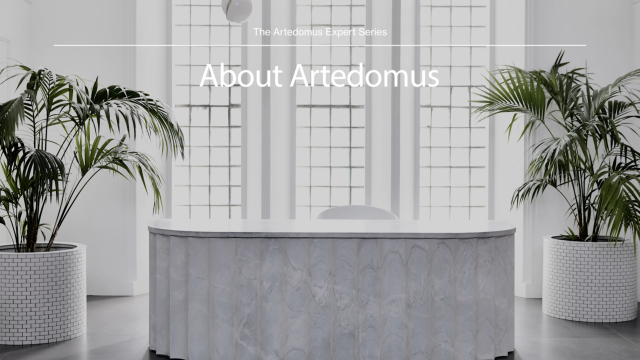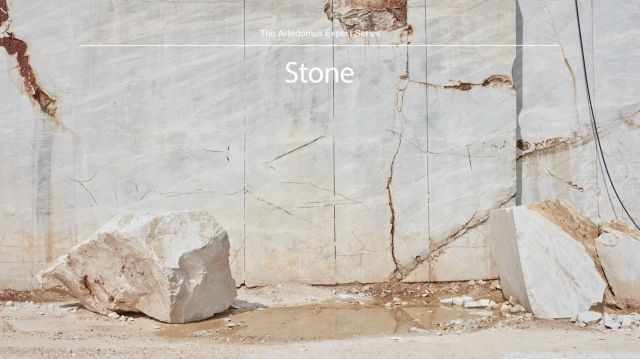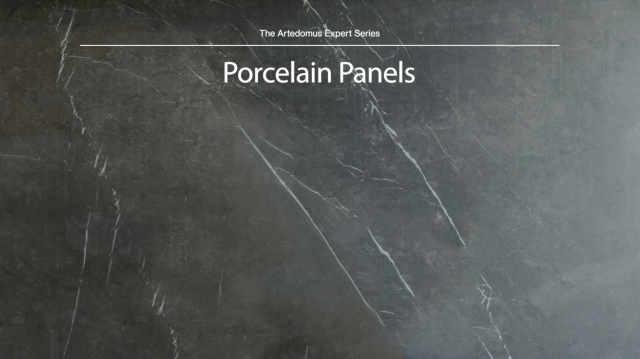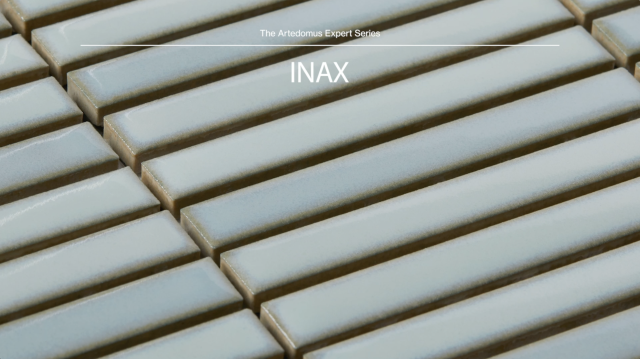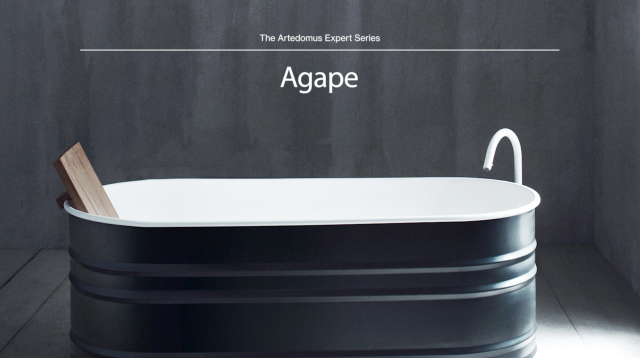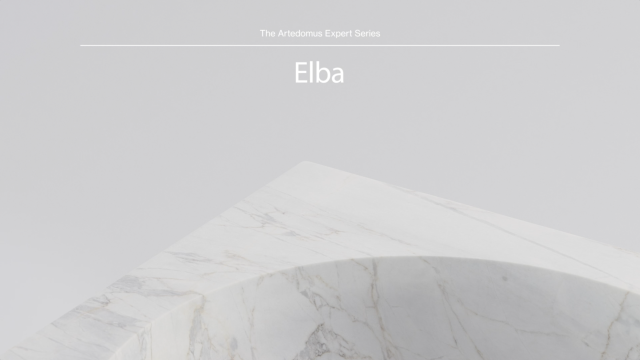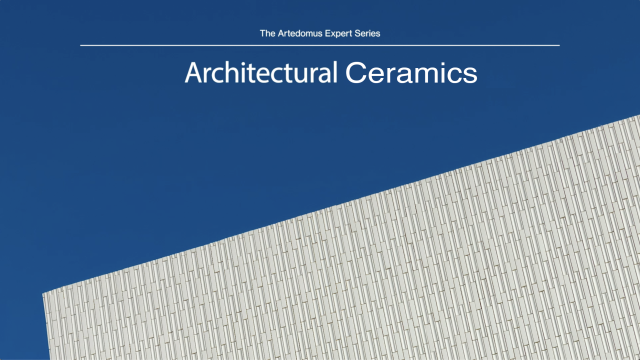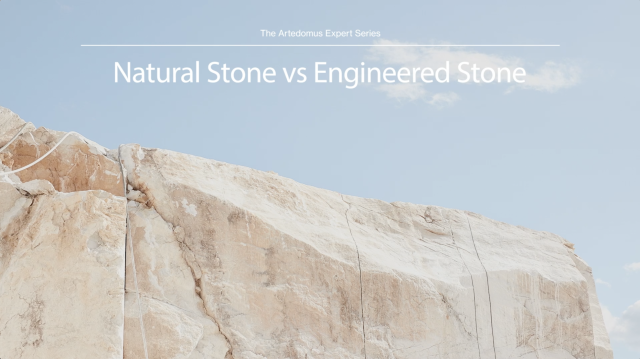Emerging from an Italian family business, Manetti Terracotta from Artedomus captures centuries of success.
Featured throughout View House by Archier, the robust material expresses a versatile and soulful character, effortlessly elevating the home’s interior.
Dating back to the beginnings of architecture, clay has developed a reputation for longevity. Tuscan terracotta is especially robust, featuring in historic buildings with high foot-traffic such as the Galleria dell’Accademia di Firenze, home to Michelangelo’s David. The Romans used the material to create urns and ferment wine, history that is continued through the Cotto Manetti family’s small production of wine each year, which follows the same fermentation process. Archier credits the use of Manetti Terracotta in View House to its proven durability, as well as its ability to embed a residence within its natural landscape.
Located in Ferrone, Italy, the Cotto Manetti factory has been in operation since 1780, committing from the outset to traditional means of ceramic production. Standing the test of time, the specific process underpinning Manetti Terracotta establishes an inimitable appearance. After baking – during which the clay takes on its signature reddish colour – the tile is washed with a gentle mixture of phosphoric acid and water to rid the surface of white flecks. Then, once the tile is dry, a sealer is applied. The visual effect of the tile depends upon the type of sealer used, with some sealers enhancing the depth of the colour whilst others – such as penetrating, solvent-based sealers – leave the presentation unchanged.
In View House, Archier recognises the innate warmth of Manetti Terracotta, using the tile to uplift the materiality of the home. Enforcing a sense of robustness proposed by the brick exterior, the clay product adorns the entrance of the dwelling, contrasting the striking black colour of the façade. Subtle variations in swell marks and textures reflect the ancient manufacturing methods at work, allowing tile-covered walls to express surprising visual nuance. Manetti Terracotta also features in the downstairs bathroom and upstairs courtyard. In the bathroom, the rustic tiles add a strong sense of character to the otherwise-restrained space, enhanced by a mirror placed opposite. The courtyard sees floor and wall lights amplify the warming nature of the material, creating a comforting envelope around the wire-framed outdoor furniture.
Following their creation, terracotta tiles are supplied either as a loose, single piece or as two tiles that are simply split, resulting in rough edges. To apply the tiles with a two-millimetre grout joint requires the edges to be shaven – however, historic Italian practices accept the authenticity of the product, accommodating the rugged edge with a wider grout joint. Beyond the realm of tiling, the talents of Cotto Manetti can be enjoyed through a customised collection of furniture, lighting, tables and basins. Two new types of terracotta have joined the Artedomus portfolio, both defined by a deep earthy brown tone that juxtaposes the classic terracotta red, opening up the possibility further for customisation and striking colour balances.
Steeped in tradition, Manetti Terracotta tiles are a testament to the enduring relevance of Italian craftmanship. As the proud supplier of the tiles, Artedomus has the privilege of bringing a piece of family history to the Australian home.
